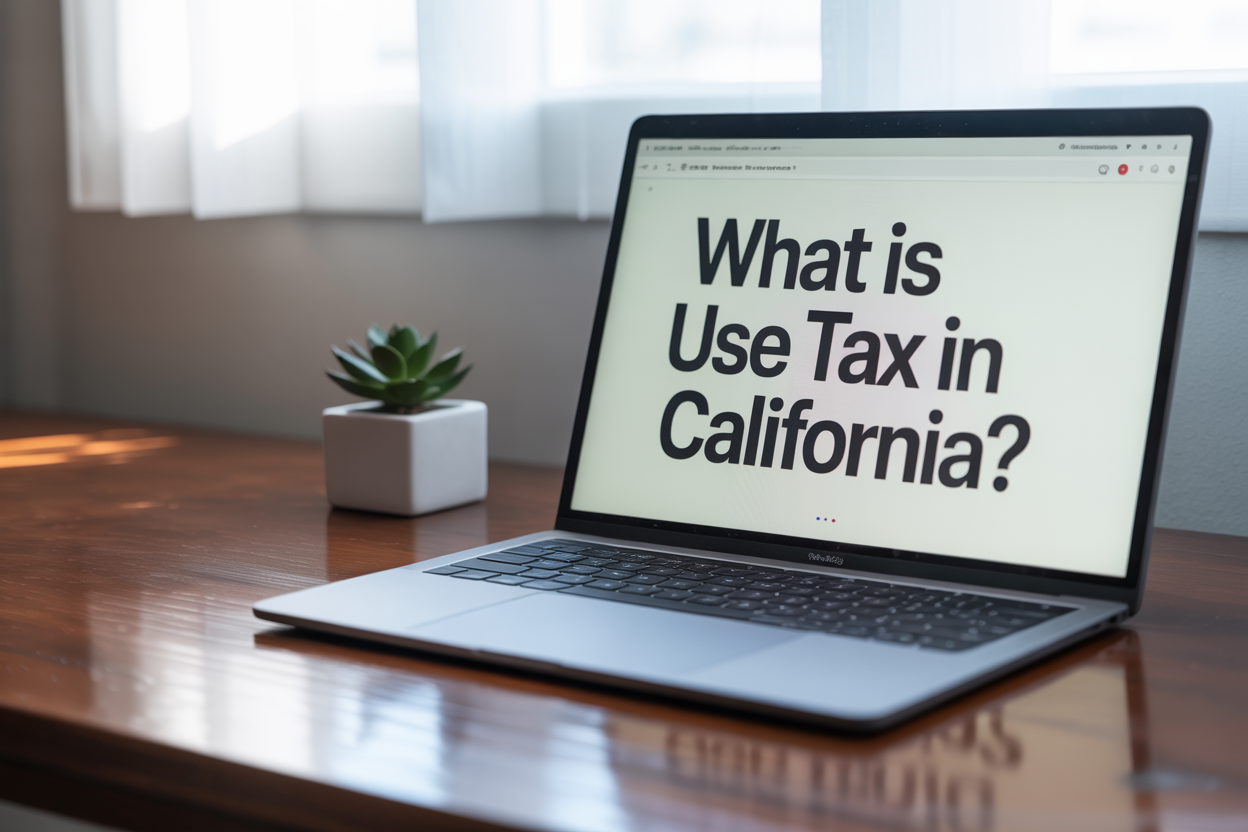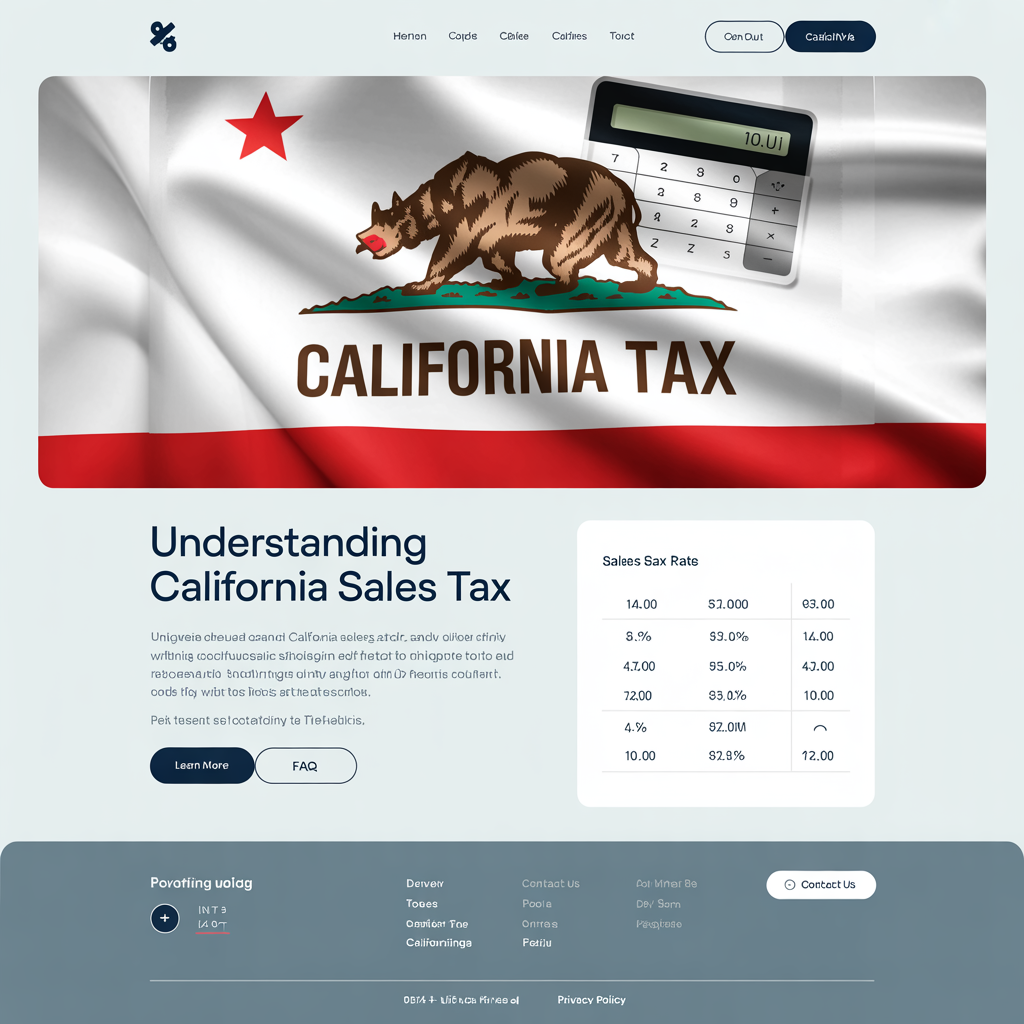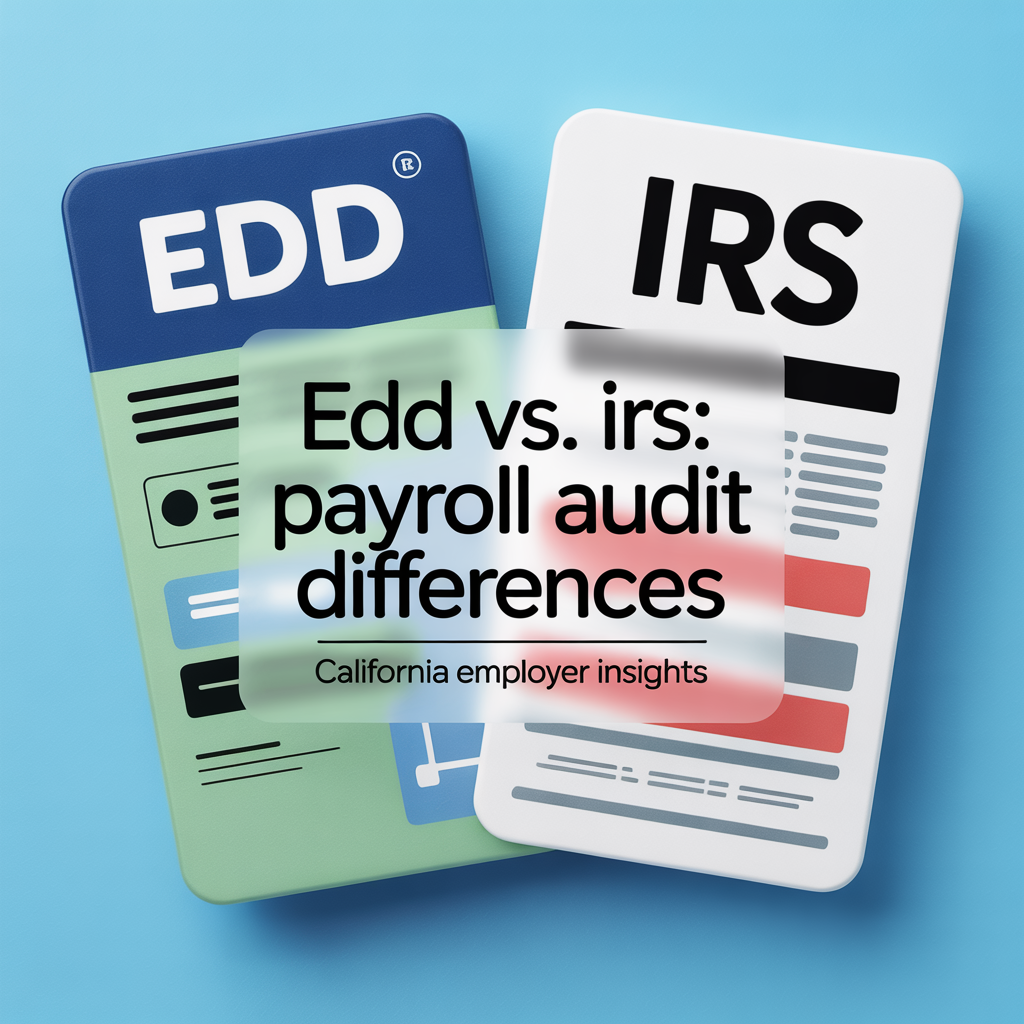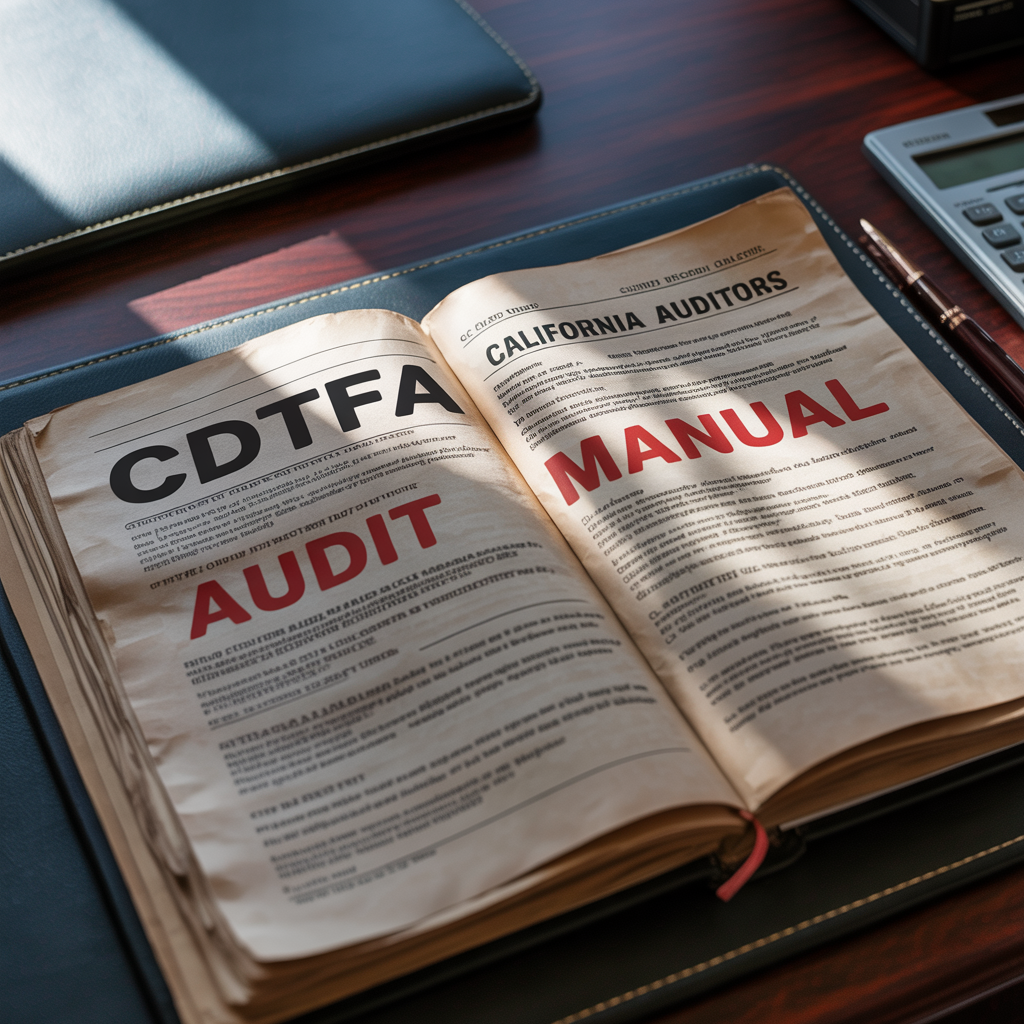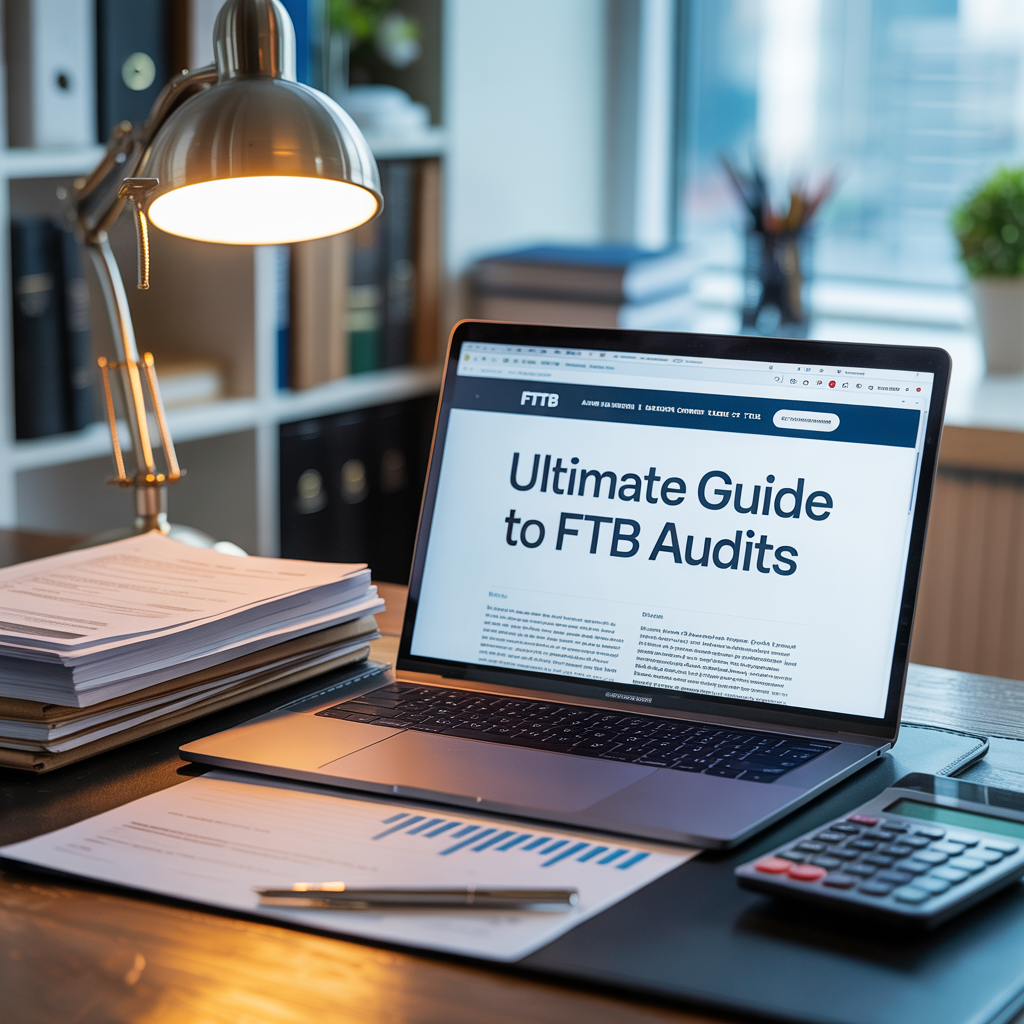IRS Penalty Notice CP15 – What It Means and How to Respond
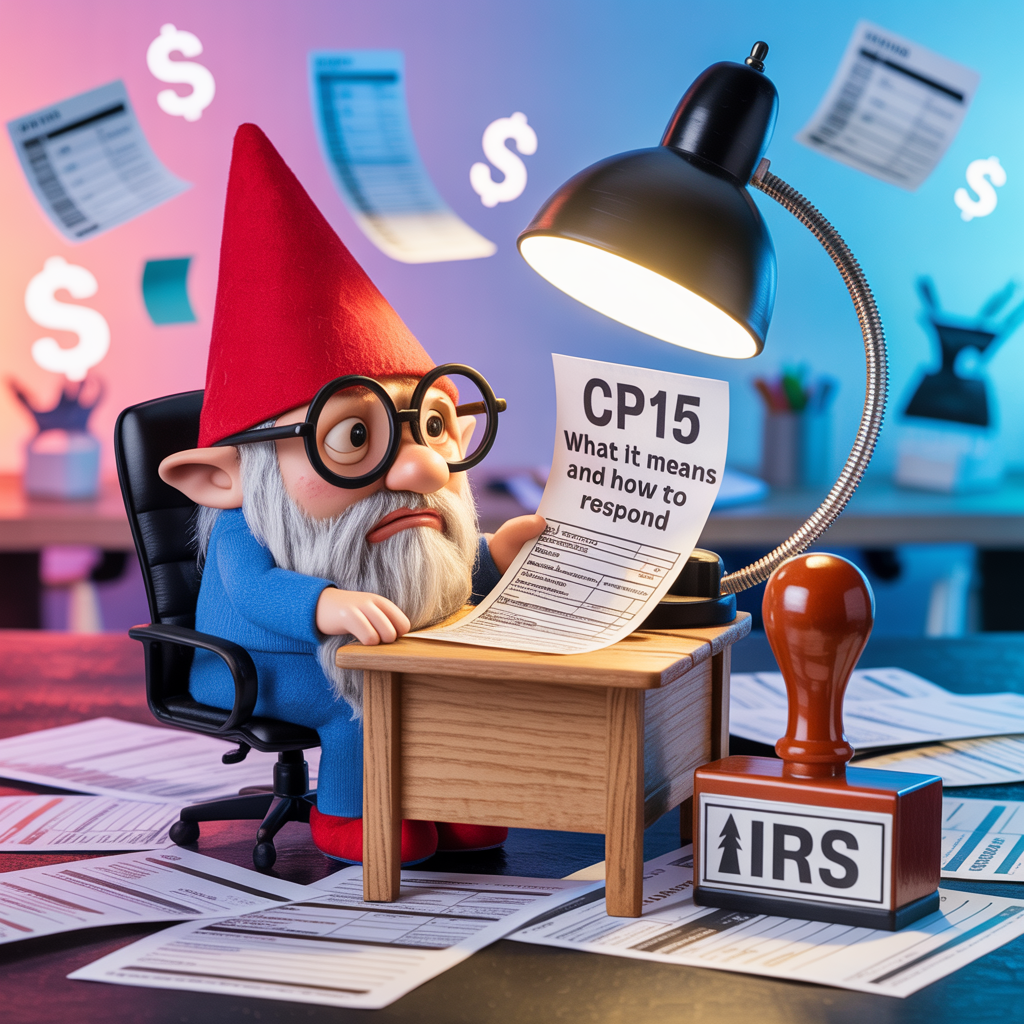
You’ve Been Hit with a Penalty—Here’s What Happens Next
If you’ve received IRS Notice CP15, the IRS is informing you they’ve assessed a civil penalty against you—often for failure-to-file and failure-to-pay penalties or for reporting errors on your return.
This isn’t just a warning. The CP15 means the IRS has finalized the penalty, and you now owe that amount—unless you formally respond and challenge it.
In this post, we’ll break down what CP15 means, the types of penalties it covers, and how to fight back with challenging IRS penalties through abatement or a formal appeal.
What Is IRS Notice CP15?
Notice CP15 is the IRS’s way of notifying you that:
- A penalty has been assessed
- The amount due is final and added to your account
- You have 30 days to request abatement or appeal
- Interest will begin accruing on the penalty immediately
You may also receive a CP215 later if the penalty remains unpaid and interest continues to grow.
Common Reasons for Receiving CP15
- Failure to file Form 5471, 8938, or other foreign disclosure
- Late S-Corp elections or EIN notices
- Negligence or inaccuracy in return filing
- Failure to Pay or Failure to File penalties
Some CP15 penalties are automatic, while others are assessed after an IRS review or responding after an IRS audit assessment.
Step 1: Understand What You’re Being Penalized For
The CP15 notice will specify:
- The IRS code section (e.g., IRC §6679 or §6038)
- The penalty amount
- The reason the IRS believes you’re liable
This helps you determine whether to challenge the penalty based on incorrect facts, reasonable cause, or prior compliance history.
Related: understanding your IRS tax transcripts
Step 2: Decide How to Respond
If you agree with the penalty:
- Pay the amount immediately to stop further interest
- Set up an Installment Agreement if you can't pay in full
If you disagree or qualify for relief:
- File a penalty abatement request
- Submit a written explanation with supporting documents
- Use Form 843 (Claim for Refund and Request for Abatement) if appropriate
Related: challenging IRS penalties through abatement
Step 3: Build Your Reasonable Cause Argument
To qualify for abatement, show that the failure was:
- Caused by illness, disaster, death in the family
- Based on reliance on a tax professional
- Due to incomplete or lost documentation
- An honest mistake, followed by prompt correction
Related: seeking relief through an Offer in Compromise
Step 4: Submit Your Request to the Right IRS Unit
Penalty appeals are time-sensitive and must be submitted to the address or contact listed on your CP15 notice. In most cases:
- You have 30 days to respond in writing
- Include all backup documentation
- If no response, the IRS will treat the balance as final and collectible
Taxpayers in California should also know that California FTB penalty relief options may apply if the Franchise Tax Board has imposed similar penalties.
Step 5: Monitor Your IRS Account
Use a tax transcript to confirm:
- The penalty has been removed, reduced, or upheld
- Whether interest continues to accrue
- If your account was flagged for further compliance review
Related: understanding your IRS tax transcripts
We Help Orange County Taxpayers Challenge CP15 Penalties
At Boulanger CPA and Consulting PC, we:
- Analyze the CP15 notice and IRS code involved
- Prepare and submit strong penalty abatement packages
- Appeal denials and represent you in IRS correspondence
- Help you resolve related tax balances and collections
You don’t have to accept the penalty without a fight. To learn more about your options, explore more in Defend What’s Yours.
Call
(657) 218-5700
or schedule a strategy call at
www.orangecounty.cpa
You don’t have to accept the penalty without a fight.
Frequently Asked Questions
What is IRS Notice CP15?
CP15 is a penalty notice informing you that the IRS has charged a civil penalty. It explains the reason, amount, and instructions for paying or disputing it.
What types of penalties are included on a CP15?
CP15 can cover various civil penalties, including failure to file, failure to pay, accuracy-related penalties, or information return penalties.
Can I appeal an IRS CP15 penalty?
Yes. You can submit a written protest or request penalty abatement based on reasonable cause, first-time abatement, or IRS error.
What if I agree with the CP15 penalty?
If you agree, you can pay the penalty in full or arrange an installment agreement to pay over time. Interest will continue until it’s paid off.
What if I disagree with the CP15 penalty?
If you disagree, respond by the deadline on the notice with documentation supporting your case. Ignoring it will result in enforced collection.
How much time do I have to respond to CP15?
Generally, you have 30 days from the date of the notice to appeal or request abatement. Missing the deadline limits your options.
Does CP15 affect state taxes?
Yes. IRS penalties and adjustments may be shared with the California Franchise Tax Board, which could trigger state penalties or assessments.
Should I get professional help for a CP15 notice?
Yes. Professional representation improves your chances of penalty relief and ensures you respond properly within IRS deadlines.
📣 About the Author
Marc Boulanger, CPA is the founder of Boulanger CPA and Consulting PC, a boutique tax resolution firm based in Orange County, California and trusted by high-income individuals and business owners across Southern California.
With over a decade of experience resolving high-stakes IRS and State tax matters, Marc brings strategic insight to complex cases involving wage garnishments, bank levies, unfiled returns, and six-figure tax debts. He is known for helping clients reduce or eliminate tax liabilities through expertly negotiated settlements and compliance plans.
Marc is a Certified Public Accountant licensed in California and Oklahoma and holds the designation of Certified Tax Representation Consultant. He is a member of the American Society of Tax Problem Solvers (ASTPS) — the national organization founded by the educators and practitioners who have trained thousands of CPAs, EAs, and tax attorneys in IRS representation strategy.
Every case is handled with discretion, proven methodology, and direct CPA-led representation — not call center scripts.
📍 Learn more at www.orangecounty.cpa or call (657) 218-5700.

